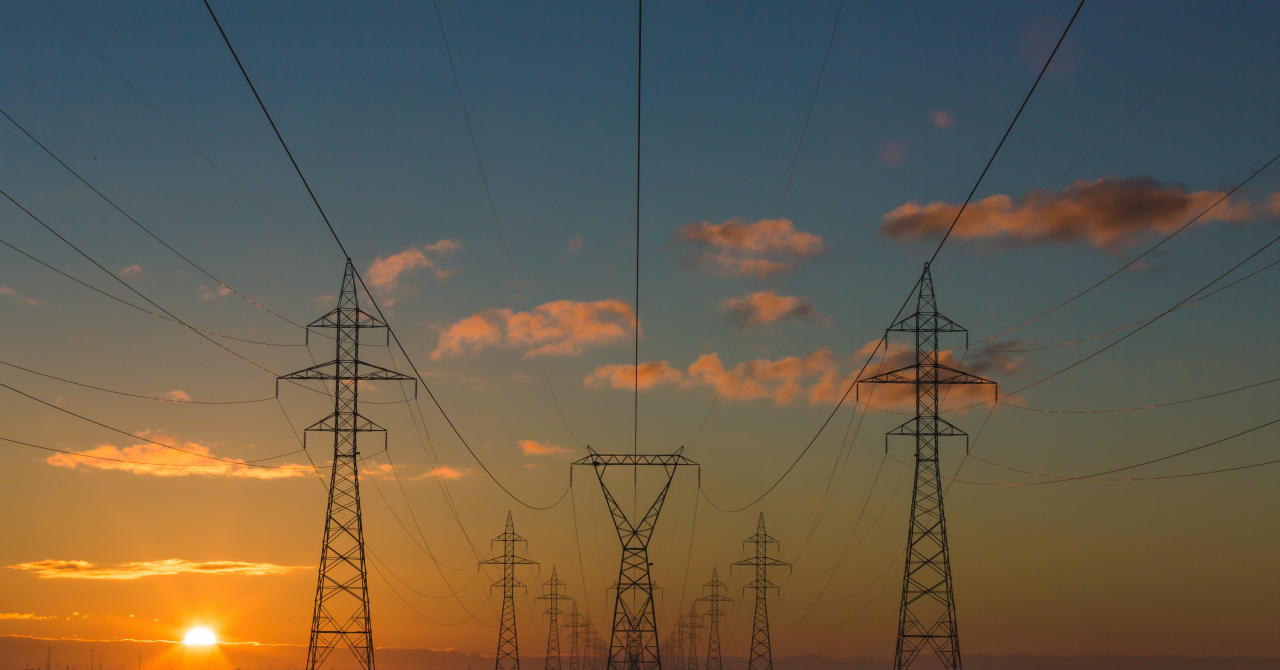According to Reuters, solar and wind energy sectors saw an increase in 2021, with solar energy rising by 23% globally, and wind energy production increasing by 14% during the same time.
Both electricity sources accounted for 10.3% of the total energy production in 2021, which is 1% better than the previous year, 2020.
Ember data shows that the Netherlands, Australia and Vietnam were the countries with the most growth in the clean energy sector, switching about 10% of their energy demand from fossil fuel sources to renewables in the last two years.
Ember representatives said that "if these trends can be replicated globally, and sustained, the power sector would be on track for 1.5 degree goal."
Dave Jones, Ember's global electricity lead, said that the biggest slowdown in the process of growing the renewable energy sector is due to ground constraints like permitting, problems which need to be solved if governments want the fastest possible adoption of wind and solar energy sourcing.
Unfortunately, coal-generated power saw the biggest growth since 1985, up by 9% in 2021, which accounted for 59% of the total demand rise.
2021 saw the largest annual demand increase of electricity, 5.4% or 1.414 TWh, which is the equivalent of another India added to the existing global demand.
"We're getting closer to that break-even where wind and solar can cover new electricity demand, but we are still not quite there. If we maintain those growth rates we see, we will be there shortly," Jones added.
China recorded the biggest energy demand rise since pre-pandemic years, which is 13% more in 2021 compared to 2019.
China relies mostly on coal to generate its electricity, but in 2021 the country managed to generate one-tenth of the necessary energy with renewable sources, like wind and solar power.
"China is installing not only record levels of wind and solar, but also installing record levels of clean electricity like hydro, nuclear and bioenergy which means their coal generation will start falling," Jones said.
China will continue to use coal generated energy in order to combine their economic strategies with long-term climate goals.
 Mihai - Cristian Ioniță
Mihai - Cristian Ioniță












Any thoughts?